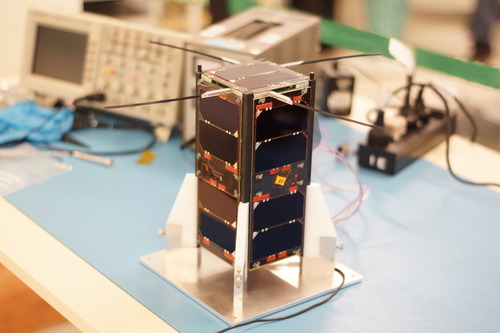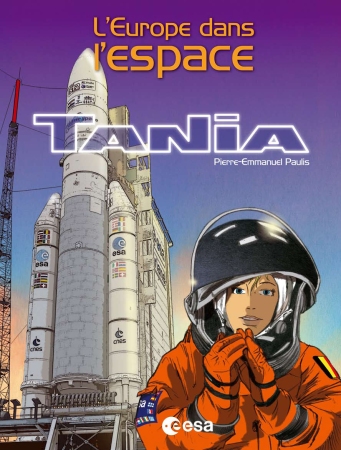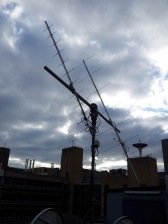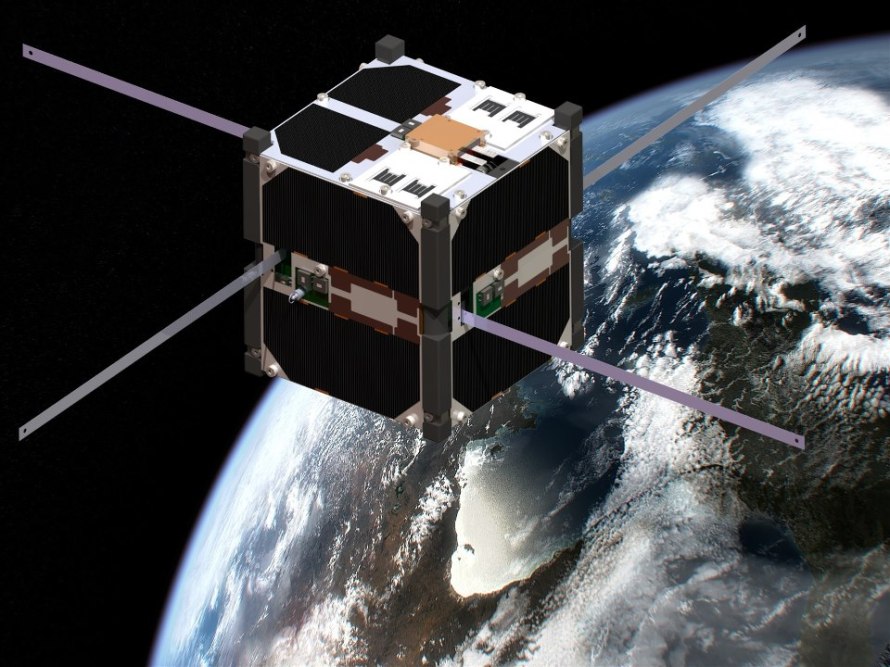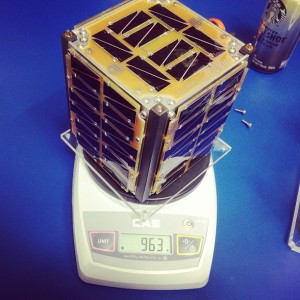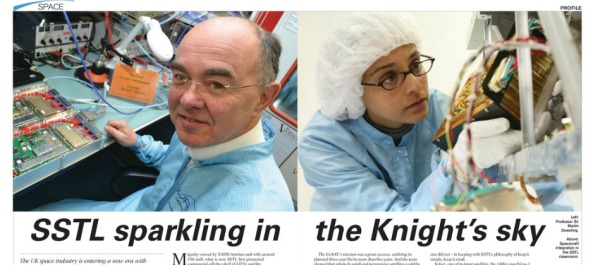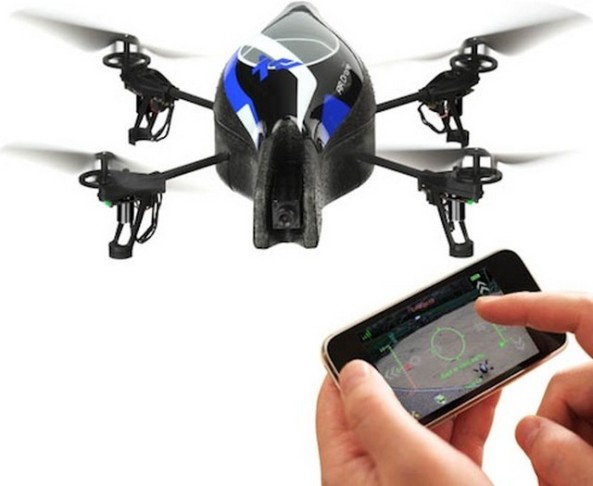Argentine CubeBug-1 satellite will have amateur radio digipeater
CubeBug-1 is the first technology demonstration mission for a new CubeSat platform design (mechanics, hardware and software) intended to be released as Open Source and Open Hardware for its use in Amateur projects, University projects and research labs.
The project is sponsored by the Argentinian Ministry of Science, Technology and Productive Innovation.
Payloads on this first mission include:• an ARM based on-board computer
• a nano-reaction wheel with its driver circuit
• a low resolution camera
all based on COTS components
CubeBug-1 is a 2U CubeSat and the team are planning to use half duplex communications on 437.445 MHz with 9k6 GMSK data. Telemetry information is at http://1.cubebug.org/coms/telemetry
After the technology demonstration part of the mission is over, the satellite will enter a mode that will include services to the Amateur radio community, including a Digipeater, science data downloads from the payload (including images if possible).
CubeBug-1 is expected to launch on a Long March CZ-2D rocket from the Jiuquan Space Center on April 28, 2013. Other satellites on the same launch include NEE-01 Pegasus and TURKSAT-3USAT.
Watch a CubeBug-1 video at http://vimeo.com/56055215
CubeBug-1 website http://1.cubebug.org/
Tania in Space Comic Book
The French language version of the European Space Agency (ESA) website reports the latest in the series of comic books about the Adventures of Tania in Space was published on March 22, 2013.
ESA report that as well as the adventures of Tania the 176 page publication features articles on space and is prefaced by several astronauts such as Frank De Winne, Dirk Frimout, Jean-François Clervoy and Jean-Pierre Haigneré of ESA and even Pamela Melroy and Piers Sellers of NASA.
ESA report on the new comic book http://tinyurl.com/TaniaInSpaceESA
The comic book is published by Editions Joker http://www.editions-joker.com/
Space adventures of Tania http://tinyurl.com/SpaceAdventuresOfTania
ESA report that as well as the adventures of Tania the 176 page publication features articles on space and is prefaced by several astronauts such as Frank De Winne, Dirk Frimout, Jean-François Clervoy and Jean-Pierre Haigneré of ESA and even Pamela Melroy and Piers Sellers of NASA.
ESA report on the new comic book http://tinyurl.com/TaniaInSpaceESA
The comic book is published by Editions Joker http://www.editions-joker.com/
Space adventures of Tania http://tinyurl.com/SpaceAdventuresOfTania
STRaND-1 Update – Ground Station Improvements Underway
Surrey Space Centre report that the STRAND-1 satellite is healthy but they have had new ground station teething problems. That has diverted effort and delayed the eagerly awaited switch-on of the Google Nexus One smartphone carried by the CubeSat.
The team are currently scouting University of Surrey rooftops for a better antenna position for STRaND-1.
The STRaND-1 downlink frequency is 437.568 MHz using 9k6 bps AX.25 packet radio. Details of the telemetry format are at http://amsat-uk.org/satellites/strand-1/strand-1-telemetry/
Surrey Space Centre https://www.facebook.com/pages/Surrey-Space-Centre/147861435274871
Follow Surrey Space Centre https://twitter.com/SpaceAtSurrey
The team are currently scouting University of Surrey rooftops for a better antenna position for STRaND-1.
The STRaND-1 downlink frequency is 437.568 MHz using 9k6 bps AX.25 packet radio. Details of the telemetry format are at http://amsat-uk.org/satellites/strand-1/strand-1-telemetry/
Surrey Space Centre https://www.facebook.com/pages/Surrey-Space-Centre/147861435274871
Follow Surrey Space Centre https://twitter.com/SpaceAtSurrey
SOMP Students Oxygen Measurement Project Carries Amateur Radio Payload
The Student Oxygen Measurement Project (SOMP) is a cubesat developed by students of the Technische Universität Dresden, Germany, organized in the Students’ Research Group for Spacecraft Engineering in Dresden (STARD). SOMP will be a standard sized single CubeSat (10X10X10 cm) with one payload side and five sides with two solar cells each. The antenna concept foresees a 4 monopole concept. The CubeSat will be able to determine and to a limited extent, also control the attitude.
It is planned to launch on April 19, 2013, from Baikonur in Kazakhstan along with OSSI-1, BEESAT2 and BEESAT3. A variety of downlink options on 437.485 MHz have been proposed, including CW, 1k2 and 9k6 BPSK and AX25 FSK also AO40 standard 400bit/s BPSKSOMP is an educational satellite project. Designing and developing SOMP will allow the students to practically apply their knowledge and gaining unique hands-on experience in many aspects of a space project. The mission objectives are:
1. Prototype development of a satellite bus
2. Verification of the satellite
3. Launch of the satellite SOMP
4. Establishment of first contact with SOMP
5. Operation of the satellite to fulfill scientific mission objectives
SOMP has two scientific objectives: the first objective is to measure the concentration of atomic oxygen in the upper atmosphere using an oxygen electrolyte sensor. The second is the testing of flexible thin film solar cells (TFSC), that have never been tested in space before.
Contact the SOMP team at stard@mailbox.tu-dresden.de
SOMP http://phpweb.tu-dresden.de/stard/SOMP/?lang=en
How drones teach young people science & math
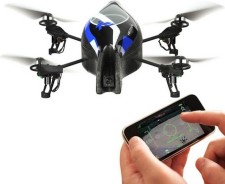 Fox News (gillar eg. jag inte) reports that drones (UAV’s) are a new tool that teaches youngsters some pretty sophisticated science and math concepts.
Fox News (gillar eg. jag inte) reports that drones (UAV’s) are a new tool that teaches youngsters some pretty sophisticated science and math concepts.Read the Fox story at http://www.foxnews.com/tech/2013/03/20/how-drones-teach-kids-science-math/
Middlesex Foundation Radio Hams success in UAV (Drone) competition
http://amsat-uk.org/2012/07/12/middlesex-radio-hams-success-in-uav-competition/
Ham Radio Satellites in The Independent
The Newfoundland and Labrador Independent reports on two amateur radio satellite projects.
The article covers FITSat-1 (Niwaka) developed under the leadership of Takushi Tanaka JA6AVG and the Open Source Satellite Initiative CubeSat OSSI-1 developed by Korean artist Hojun Song DS1SBO.
Read The Independent article at http://theindependent.ca/2013/03/20/narratives-in-orbit/
Further FITSat-1 information at http://amsat-uk.org/satellites/techedsat-f-1-fitsat-1-we-wish/
OSSI-1 plans to launch April 19, 2013, further information at http://amsat-uk.org/satellites/ossi-1/
The article covers FITSat-1 (Niwaka) developed under the leadership of Takushi Tanaka JA6AVG and the Open Source Satellite Initiative CubeSat OSSI-1 developed by Korean artist Hojun Song DS1SBO.
Read The Independent article at http://theindependent.ca/2013/03/20/narratives-in-orbit/
Further FITSat-1 information at http://amsat-uk.org/satellites/techedsat-f-1-fitsat-1-we-wish/
OSSI-1 plans to launch April 19, 2013, further information at http://amsat-uk.org/satellites/ossi-1/
KiwiSAT – All systems are now flight ready
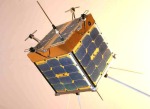 The KiwiSAT website reports that all hardware is complete and the KiwiSAT micro-satellite is operational. Final integration to launch ready awaits completion of command and control testing.
The KiwiSAT website reports that all hardware is complete and the KiwiSAT micro-satellite is operational. Final integration to launch ready awaits completion of command and control testing.They say software is being developed and launch negotiation is underway in New Zealand. Earlier reports indicated that $1 million was required for a launch to a 700 km orbit.
Read the status report dated March 13, 2013 at http://www.kiwisat.org.nz/status.html
You can ring my bell! Adventures in sub-GHz RF land…
 In this article Adam Laurie from London describes how he used his AMSAT-UK FUNcube Dongle VHF/UHF Software Defined Radio (SDR) to decode the signal from a 433.920 MHz doorbell.
In this article Adam Laurie from London describes how he used his AMSAT-UK FUNcube Dongle VHF/UHF Software Defined Radio (SDR) to decode the signal from a 433.920 MHz doorbell.Read the article at http://adamsblog.aperturelabs.com/2013/03/you-can-ring-my-bell-adventures-in-sub.html
Join the FUNcube Yahoo Group at http://groups.yahoo.com/group/FUNcube
Further information on the FUNcubeDongle Software Defined Radio is at http://www.FUNcubeDongle.com/
Radio Amateur G3YJO in ADS Advance Magazine
Professor Sir Martin Sweeting G3YJO is interviewed on pages 32-34 of the March-May 2013 issue of the free UK magazine for the Aviation, Defence, Security and Space industries ADS Advance.
You can read the March-May 2013 issue online or download it as a PDF file at http://www.adsadvance.co.uk/issue1/volume3/
ADS Advance archive http://www.adsadvance.co.uk/archives.php
You can read the March-May 2013 issue online or download it as a PDF file at http://www.adsadvance.co.uk/issue1/volume3/
ADS Advance archive http://www.adsadvance.co.uk/archives.php
BBC – ESA seeks help to control robot spacecraft
BBC News report that the European Space Agency (ESA) is turning to owners of terrestrial robot aircraft to aid those that journey into space.
The agency has released an App that makes use of the cameras on the Parrot drone to simulate docking with a virtual space station.The Parrot drone quadcopter has proved popular with many iPhone owners as it can be controlled via the 2.4 GHz WiFi signal from the handset.
Data generated by the agency’s App will be analyzed to help fine tune navigation software for its own drones.
Read the BBC story at http://www.bbc.co.uk/news/technology-21828807
ESA Smartphone App Turns Drone into Spacecraft
http://www.esa.int/Our_Activities/Technology/Smartphone_app_turns_home_drone_into_spacecraft
Middlesex Foundation Radio Hams success in UAV (Drone) competition
http://amsat-uk.org/2012/07/12/middlesex-radio-hams-success-in-uav-competition/

